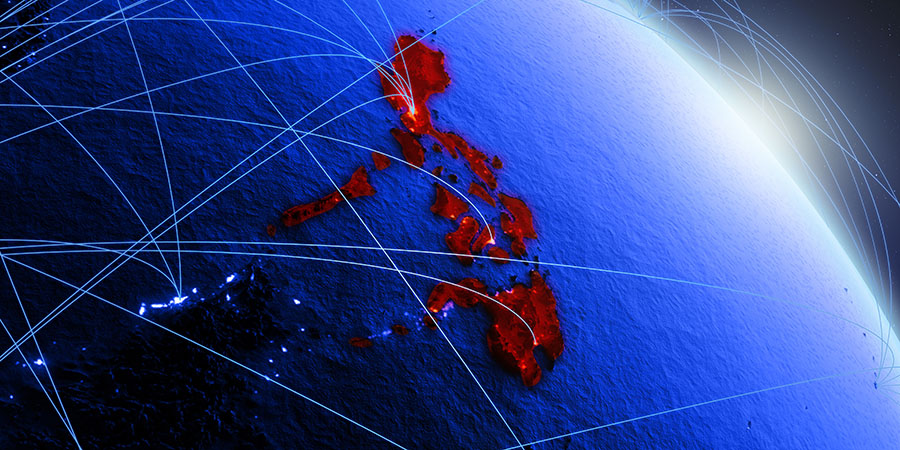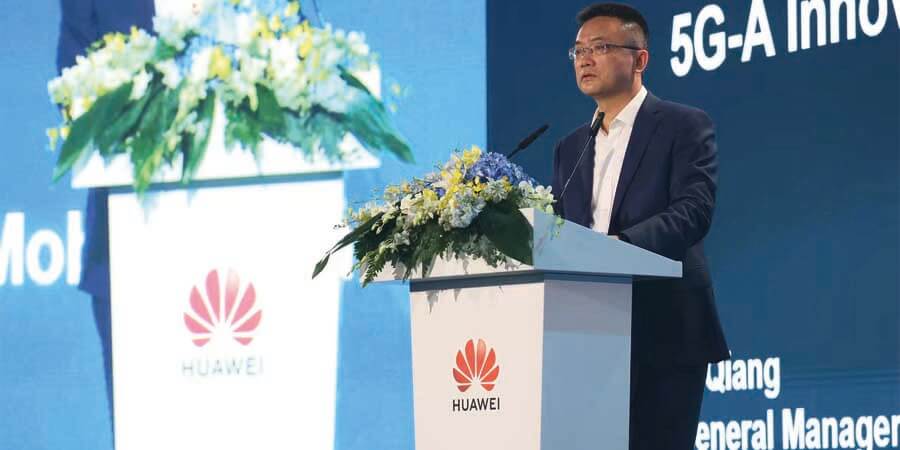As the world's urban population grows year after year, cities face increased pressure to adapt and innovate. According to the United Nations, over half of the world's population lived in cities in 2019, with that figure expected to rise to 68% by 2050, according to a study presented at the 21st International Scientific Conference Globalization and its Socio-Economic Consequences 2021. This exponential growth highlights the critical need for cities to strengthen their infrastructure and implement comprehensive urban development strategies.
Featured Articles
A Spotlight on China's Telecom Strategy Amid Supply Chain Disruption
In an industry characterized by the relentless pursuit of subscriber and network expansion, the telecommunications sector finds itself at a critical juncture, grappling with the imperative of ensuring supply chain resilience amidst a complex operational landscape. As top companies vie to introduce enhanced wireless and wired services, propelled by advancements like 6G and DOCSIS 4.0, they confront the dual challenge of technological evolution and economic volatility.
Assessing the Role of Public-Private Partnerships in Telecom Infrastructure Development
Public-Private Partnerships (PPPs) have emerged as a vital strategy in promoting telecom infrastructure development globally. By combining the resources and expertise of both public and private sectors, PPPs play a crucial role in bridging the infrastructure gap and meeting the growing demand for telecommunication services.
Regulatory Environment Influencing Telecom Operations in the Asia Pacific
The Asia Pacific region represents a vast and diverse landscape in terms of telecommunications regulatory environments. From India's liberalized market to China's state-controlled sector, each country's regulatory framework reflects its unique socio-political context.
The Growth of ICT and the Digital Evolution of the Philippines
The Philippines has experienced a significant increase in the use of digital technology in several industries, primarily driven by a tech-savvy population, government policies that encourage digital adoption and investments both locally and internationally.
Progress of Thailand's Village Broadband Internet Initiative
In 2023, Thailand boasted approximately 22 million homes connected to the internet, reflecting a steadily increasing trend in household internet access over recent years, as reported by Statista. This uptick is attributed to the country's expanding internet penetration and the enhanced accessibility of mobile internet, leading Thais to spend more time online.
The Evolution and Impact of Mobile Financial Services
By Marco Lichtfous, Managing Director, PMP Strategy Benelux & DACH and Vivek Yadav, Managing Director, PMP Strategy MEA
The Rise of Deep Tech in Asia
In recent years, the world has seen consecutive innovations and breakthroughs. Investing in research and development (R&D) has resulted in technological advancements that have improved the way individuals live and contribute to enhancing the operational efficiency of businesses.
The Role of CDNs in Improving Modern Content Delivery in Asia
Content consumption has become widespread over the years due to the emergence of various content platforms. With just a screen, individuals can effortlessly access a diverse array of content spanning from news and politics to lifestyle and entertainment.
China Mobile's 5G Integration Advances Global Business Success
The advancement of 5G technology from its beginning to its current stage has been remarkable, and the development is still progressing towards 5.5G, bringing new opportunities and potential improvements.


















